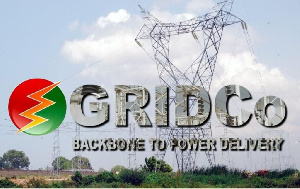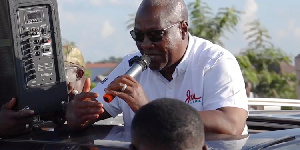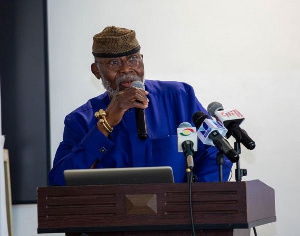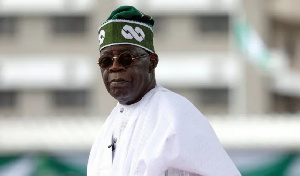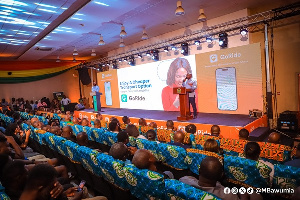Business News of Tuesday, 14 February 2023
Source: GNA
ECG, NEDCo owe GRIDCo GH¢2.7 billion in legacy debts
The Electricity Company of Ghana (ECG) and Northern Electricity Distribution Company (NEDCo), the two major power distribution companies in Ghana, are currently owing the Ghana Grid Company Limited (GRIDCo) to the tune of GHS 2.7 billion.
The legacy debt, accrued over a period of 20 years, is said to be impeding the infrastructure development and efficiency of GRIDCo’s operations.
Mr Ebenezer Kofi Essienyi, the Chief Executive Officer, GRIDCo, who made this known in Accra on Monday, admitted that the debt was posing a serious challenge to the company’s operations and called for a strategic way to addressing it.
Answering questions from journalists on its operations, he said the Government, being fully aware of the debt situation, had made conscious efforts to find some resources to cushion GRIDCo to carry out its mandate.
Mr Essienyi said if those debts were redeemed on time, it could help GRIDCo to pay compensation to people who had released lands for the expansion of its infrastructure and transmission lines.
Commenting on the debt situation, Mr Sammy Nkansah, Director of Finance, GRIDCo, said the debt was incurred due to challenges within the power distribution value chain, with the ECG experiencing some commercial losses in its operations.
In view of that, the government, in 2020, implemented a Cash Flow Waterfall system, which ensured equitable distribution of revenue collected from customers.
The implementation of the System, he explained, helped the power distribution companies to increase revenue from 20 per cent to about 60 per cent.
“I believe that if we’re able to build a robust infrastructure and the ECG plug its commercial losses, the revenue collection rate would go up and be able to redeem the debt,” Mr Nkansah said.
“It’s a work in progress and we need to work together to resolve it,” he added.
In an earlier presentation, Mr Essienyi chronicled some successes of GRIDCo within the past five years, touching on a 99.95 per cent availability achievement of the National Interconnected Transmission System, with fully automated and integrated business processes.
He pegged the country’s energy penetration rate to between 85 and 86 per cent.
Ghana has installed power generation capacity was 5,231 MW while the Circuit-km of transmission lines is 6,472.23.
To eliminate congestion and increase transmission transfer capacity reliability, Mr Essienyi said the company had been rehabilitating key transmission lines including the 161KV Aboadze-Cape Coast-Winneba-Mallam line at a cost $55 million, expected to be completed in 2026.
It was also rehabilitating the 161kv Mallam to Pokuase transmission line at a cost of $42 million and would be completed in 2024.
The 161kv middle corridor transmission lines from Akosombo-Tafo-Nkawkaw-Konongo-Kumasi were being rehabilitated at a cost of $140 million and would be completed in 2025.
The number of bulk supply sub-stations had also increased within the last three years from 65 to 68, thereby boosting electricity supply across the country, Mr Essienyi said.
He called for collaborative efforts in dealing with the galamsey menace, explaining that illegal miners had dug around some GRIDCo masts and other infrastructure, thus posing a serious threat to their effective functioning.
He re-affirmed the company’s vision of becoming a model electricity grid company in Africa to provide reliable power for socio-economic development.
“Without the grid, there will be no electricity. And so when there is shortfall in fuel and electricity, there will be a disaster in this country and so our eyes are always on the ball.”

